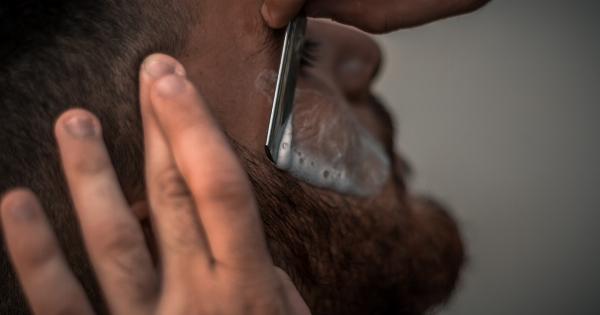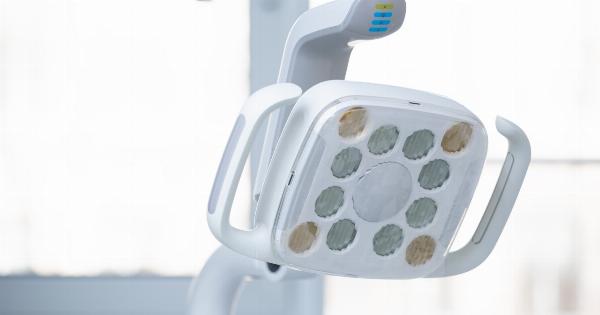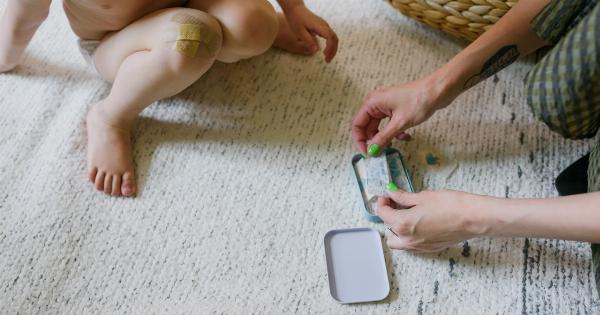The medical industry is one of the most advanced sectors in the world today, with innovations happening almost every day. Intelligent bandages are a recent addition to the medical industry, and they are expected to revolutionize wound care.
Intelligent bandages are designed to change color and detect infections in wounds, making it easier to identify and manage infections early on. This article discusses the color-changing technology used in intelligent bandages and its potential impact on wound care.
What are intelligent bandages?
Intelligent bandages are advanced wound dressings that are designed to change color in response to the presence of infection in a wound. They use color-changing technology to detect infections, making it easier to identify and treat infections early on.
Intelligent bandages are also designed to promote faster wound healing by creating a moist healing environment that protects the wound from external factors such as bacteria and other pathogens.
How do intelligent bandages work?
Intelligent bandages are made up of a combination of materials, including a color-changing indicator and a moisture-retaining layer. The color-changing indicator is usually a pH-sensitive dye that changes color in response to changes in pH levels.
When an infection is present in a wound, the pH levels of the wound change, leading to a color change in the indicator. The color change indicates the presence of an infection in the wound, making it easier to identify and manage the infection.
Advantages of intelligent bandages
Intelligent bandages provide several advantages over traditional wound dressings. One of the main advantages of intelligent bandages is that they can detect infections early on, making it easier to manage infections before they become severe.
Early detection can also prevent the spread of infections to other parts of the body, reducing the risk of complications.
Another advantage of intelligent bandages is that they create a moist healing environment that promotes faster wound healing.
The moisture-retaining layer of the bandage helps to keep the wound moist, which is essential for promoting new tissue growth and preventing the formation of scar tissue.
Intelligent bandages are also designed to be easy to use and require minimal maintenance. They can be applied and changed easily, making them ideal for use in busy healthcare settings.
Applications of intelligent bandages
Intelligent bandages have several applications in wound care. They are especially useful in the management of chronic wounds such as pressure ulcers, diabetic ulcers, and venous leg ulcers.
Chronic wounds are difficult to manage and can take a long time to heal. Intelligent bandages can help to detect infections early on, which is essential for managing chronic wounds effectively.
Intelligent bandages are also useful in the management of surgical wounds. Surgical wounds are prone to infections, and early detection is essential for preventing complications such as wound dehiscence and sepsis.
Intelligent bandages can detect infections early on, making it easier to manage infections and prevent complications.
Challenges of using intelligent bandages
Although intelligent bandages have several advantages over traditional wound dressings, they also face several challenges. One of the main challenges of using intelligent bandages is that they are more expensive than traditional wound dressings.
This can be a barrier to their adoption, especially in resource-limited settings.
Another challenge of using intelligent bandages is that they require a certain level of expertise to use effectively. Healthcare providers need to be trained on how to use and interpret the color changes of the bandage to identify infections accurately.
This can be a barrier to their adoption, especially in settings where there is a shortage of trained healthcare providers.
Future of intelligent bandages
The future of intelligent bandages looks promising. Research in the field is ongoing, and new innovations are expected to make intelligent bandages even more effective.
There is also a need for more studies to evaluate the effectiveness of intelligent bandages in different wound types and settings.
Intelligent bandages have the potential to revolutionize wound care by making it easier to detect and manage infections early on.
With further research and development, they could become a standard part of wound care management in hospitals and other healthcare settings.
Conclusion
Intelligent bandages are an exciting innovation in wound care. They use color-changing technology to detect infections in wounds, making it easier to identify and manage infections early on.
Although they face several challenges, including cost and expertise requirements, their potential impact on wound care is significant. With further research and development, intelligent bandages could become a standard part of wound care management in hospitals and other healthcare settings.






























